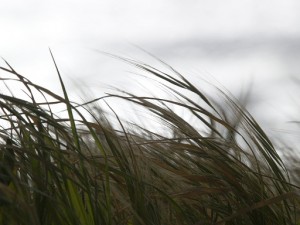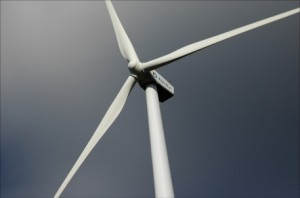
Vertical-axis wind turbines, also known as VAWTs, generate wind electricity using wind power. Their vertically-aligned primary rotor shaft is their defining feature. If you’re thinking of installing one for your home or business, or if your community is considering creating a wind farm, you will want to consider some of the advantages and disadvantages of selecting a VAWT. Below, you’ll find the basic pros and cons.
Advantages Of Vertical Wind Turbines
Compared to the almost ubiquitous horizontal-axis wind turbines (HAWTs) you’ve probably seen around (windmills being a good example), one of the big advantages of selecting VAWTs is that they can be placed much closer together than HAWTs. While HAWTs must be placed at least ten times their diameter apart due to their wind-slowing effect, VAWTs can be placed just four times their diameter apart. For example, if you have 2 wind farms, one comprised of VAWTs that are each 3 feet in diameter and the other made up exclusively of HAWTs that are also each 3 feet in diameter, the wind farm with VAWTs will only need 12 feet of space between each turbine, while the wind farm of HAWTs will need 30 feet between each. By using a VAWT, you can pack more than twice as many turbines into the same sized space. Depending on the amount of electricity generated by each turbine, this could mean more energy for you!
Another advantage of using VAWTs is that, unlike HAWTs, they do not need to face into the wind to be useful. No matter which direction the wind is coming from, it will rotate a VAWT’s blades. Their support structures generally experience slower wear and tear. Because of this they do not need maintenance as often of HAWTs. VAWTs are also pleasantly quiet. They can also be placed closer to the ground than HAWTs, which is ideal for areas where it would be intrusive to have a tall HAWT looming overhead. Other bonuses are that VAWTs are fairly quiet and they are pleasantly hypnotic to watch.
Disadvantages of Vertical Wind Turbines
While overall, VAWTs are useful for many reasons, they still have their disadvantages. For example, since VAWTs are ideal for lower areas than HAWTs it also limits the level of energy they can collect. (Wind higher up is much faster than wind near the ground.) Another disadvantage is that even when they are in areas that may have a great deal of wind close to the ground, there is a chance of stalling when the wind is to strong or chaotic. There are also models that have a tendency to break apart after too much use, rendering them completely useless. This last point is offset slightly by the fact that the VAWTs that are being manufactured today are better than ever.
Key Points to Think About
The key to choosing the right wind turbine, whether it be a VAWT or a HAWT it to analyze what speed and height the wind in your area travels, how much space you have to install your wind turbines, how much power you hope to generate, and how much maintenance you might need depending on your region’s wind conditions, and how much of this ongoing maintenance you are willing to do or pay for. In many cases for city dwellers, you’ll find that a VAWT (or group of them) is the ideal solution.
Back to Vertical Wind Turbine Info


